Do you really know how horses sleep? It's not just a fun fact: knowing it helps improve their well-being. A...
Search in blog
Blog categories
Latest posts
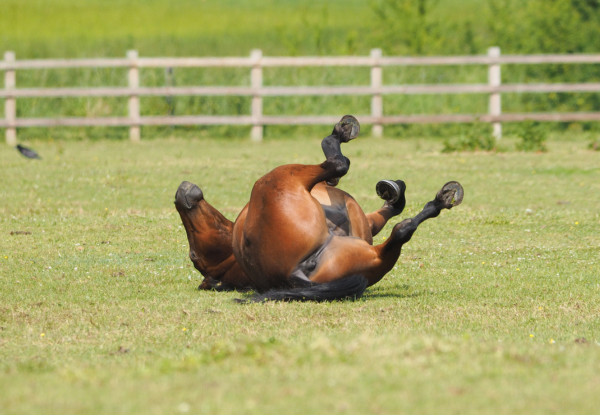
Understand the risks of colic in horses, learn how to spot the symptoms, and discover how to act quickly. A simple...

Hippotherapy is an innovative therapy that uses the power of the horse to promote physical, cognitive, and emotional...

Everything you need to know about horse sweet itch: a complete guide with symptoms, causes, and helpful remedies to...
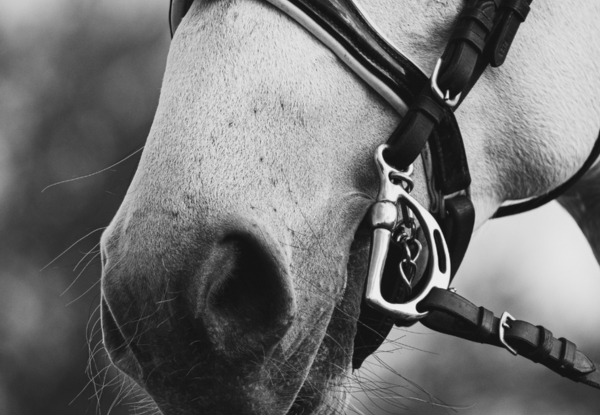
A technical guide to choosing the right bit: learn the difference between curb and snaffle and find the best option...
Popular posts
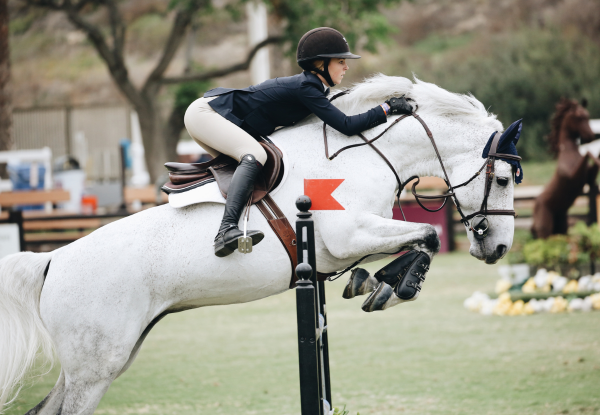




Featured posts


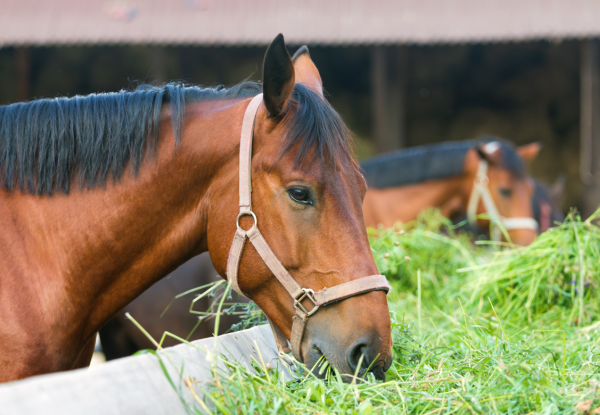
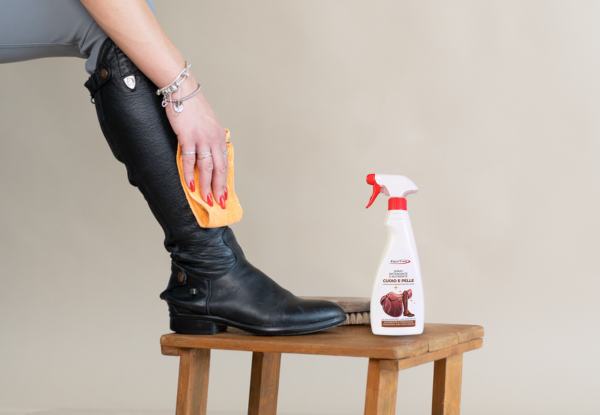

Horse bits: A complete guide to choosing snaffle bits and curb bits
Choosing the right bit is very important to ensure the horse's well-being and clear communication.
In this article, we will look at the differences between curb bit and snaffle bit, how they work, how to choose the correct bit size, and what to consider based on the rider’s experience and the horse’s preference.
WHAT IS A BIT AND WHY IS IT SO IMPORTANT?
The bit is a tool used for communication. It goes inside the horse's mouth and is connected to the reins. It is the connection between the rider's hands and the horse, helping to give commands and signals.
If you choose the wrong bit, it can affect the horse’s balance, trust, and comfort. A good bit choice gives the horse more comfort and helps with better communication.
WHAT IS THE MAIN DIFFERENCE BETWEEN A CURB BIT AND A SNAFFLE BIT?
The snaffle bit has a direct action. The reins are connected directly to the ring of the mouthpiece. The pressure from the rider's hands is not stronger, it stays the same. This bit is good for young or sensitive horses, young horses in training, or beginner riders. It gives clear and soft communication.
Types of snaffle bits:
- Loose ring snaffle
- Eggbutt snaffle
- Full cheek snaffle
- Baucher snaffle
The curb bit uses leverage and is used with a curb chain. The reins are not connected directly to the mouthpiece, but to a lower ring.
This makes the pressure on the reins stronger than the rider’s hand. For this reason, curb bits are for experienced riders and horses and used in disciplines that need more control.
Popular curb bits:
- Pelham / Centaur bit
- Kimblewick or Spanish bit
- Western curb bits
BITS FOR YOUNG HORSES OR HORSES IN REHABILITATION
For young horses, foals, or horses that don't like contact, it is better to use classic loose ring snaffles or full cheek snaffles that help with turning.
Even with snaffles, you should check if the horse is ready to change the bit or needs more time to adapt.
The same advice is for horses returning to work after a break or injury.
HOW TO CHOOSE THE RIGHT BIT FOR EACH HORSE
When choosing a bit, there are some important things to check.
1. Mouthpiece length in mm: for adult horses, the common size is from 125 mm to 135 mm
2. Mouthpiece thickness in mm: classic snaffles are about 16–18 mm thick. A thicker bit is softer.
3. Ring diameter: the standard size is 6–7 cm
4. Shank length (curb bits): longer shanks make the bit stronger.
THE IMPORTANCE OF THE LIPS' CORNERS
The corners of the lips are the part between the upper and lower lips. The snaffle bit works on this area when the rider lifts the reins (towards the ears).
This action is soft and usually well accepted by the horse. But if the rider’s hands are low, the bit works more on the tongue, and this can cause pain.
ARE THERE ALTERNATIVES TO THE BIT?
Yes! In some cases, you can ride without a bit, using a hackamore, side pull, or bitless bridle.
These tools don’t act on the mouth, but on the nose or poll, and are sometimes softer and better for sensitive horses.
But be careful! The effect of a tool depends a lot on how it is used.
CONCLUSION: WHAT TO REMEMBER
✅ The bit is the communication channel between horse and rider.
✅ The choice between curb and snaffle depends on sensitivity, level, and discipline.
✅ The mouth area of the horse is very sensitive.
✅ There are many types of bits: choose carefully.
✅ You can ride without a bit, but it requires good control and experience.
See all our bits in the online shop
Need help choosing? Contact us on WhatsApp: +39 349 733 9837
.png)
Related posts
 The ultimate guide to choosing the perfect size for your KEP ITALIA horse riding helmet
The ultimate guide to choosing the perfect size for your KEP ITALIA horse riding helmet
 How to choose the right horse blanket: a complete guide to protecting your horse from the cold
How to choose the right horse blanket: a complete guide to protecting your horse from the cold
 Technical guide to maintaining your saddle
Technical guide to maintaining your saddle
 How much does horse riding cost? A guide for parents and enthusiasts
How much does horse riding cost? A guide for parents and enthusiasts
 How to clean leather riding boots: A complete guide to perfect care
How to clean leather riding boots: A complete guide to perfect care
.png)
.png)
